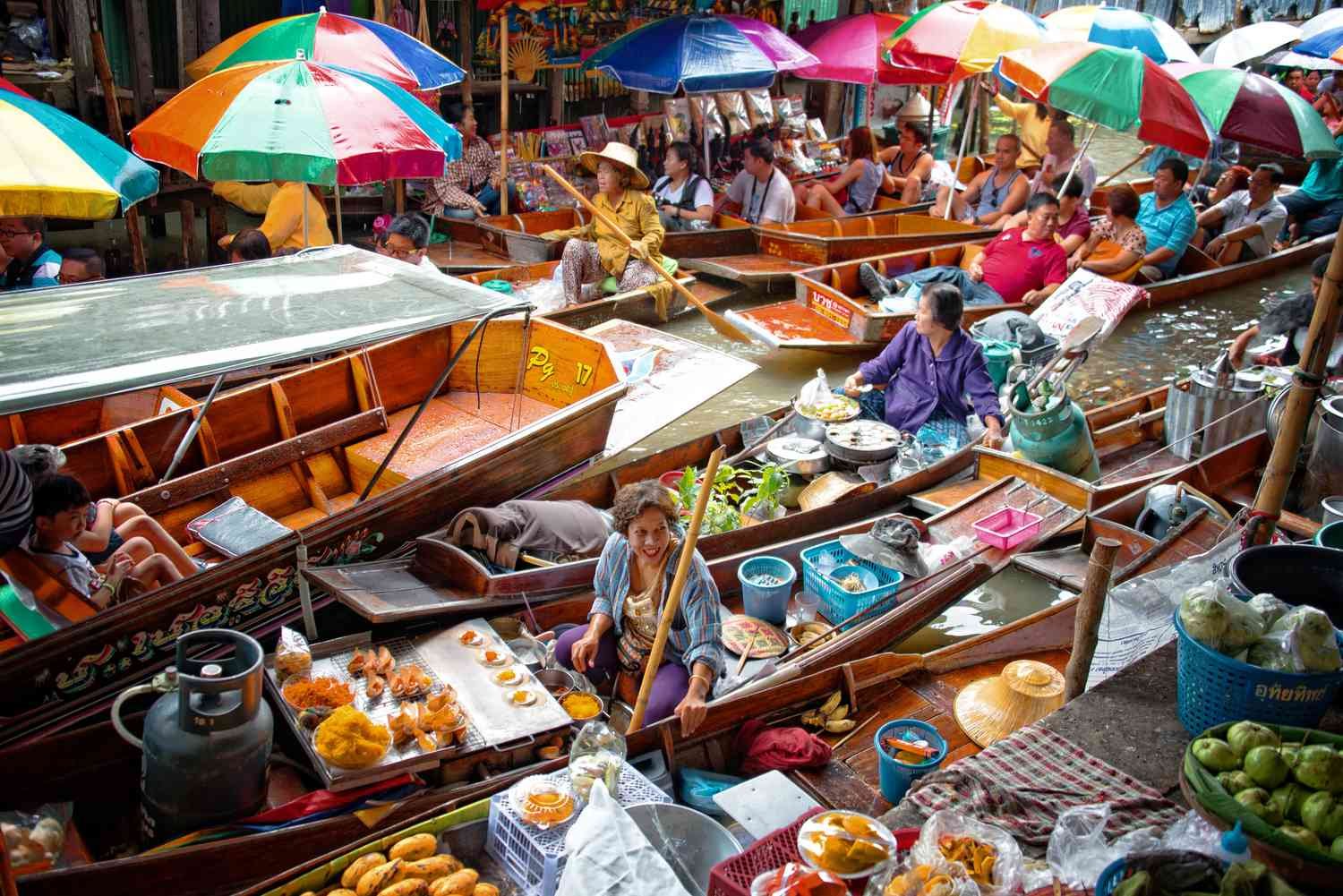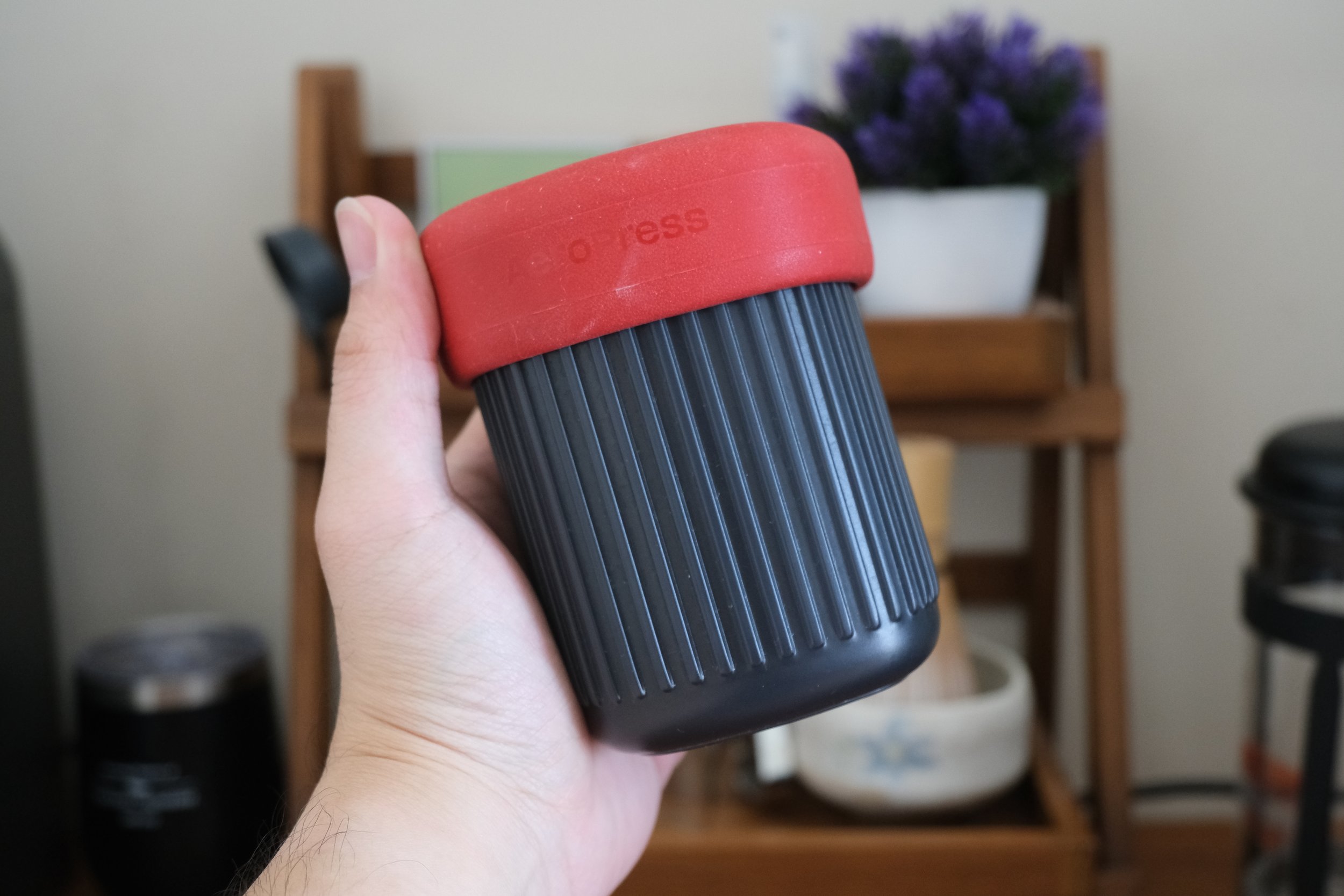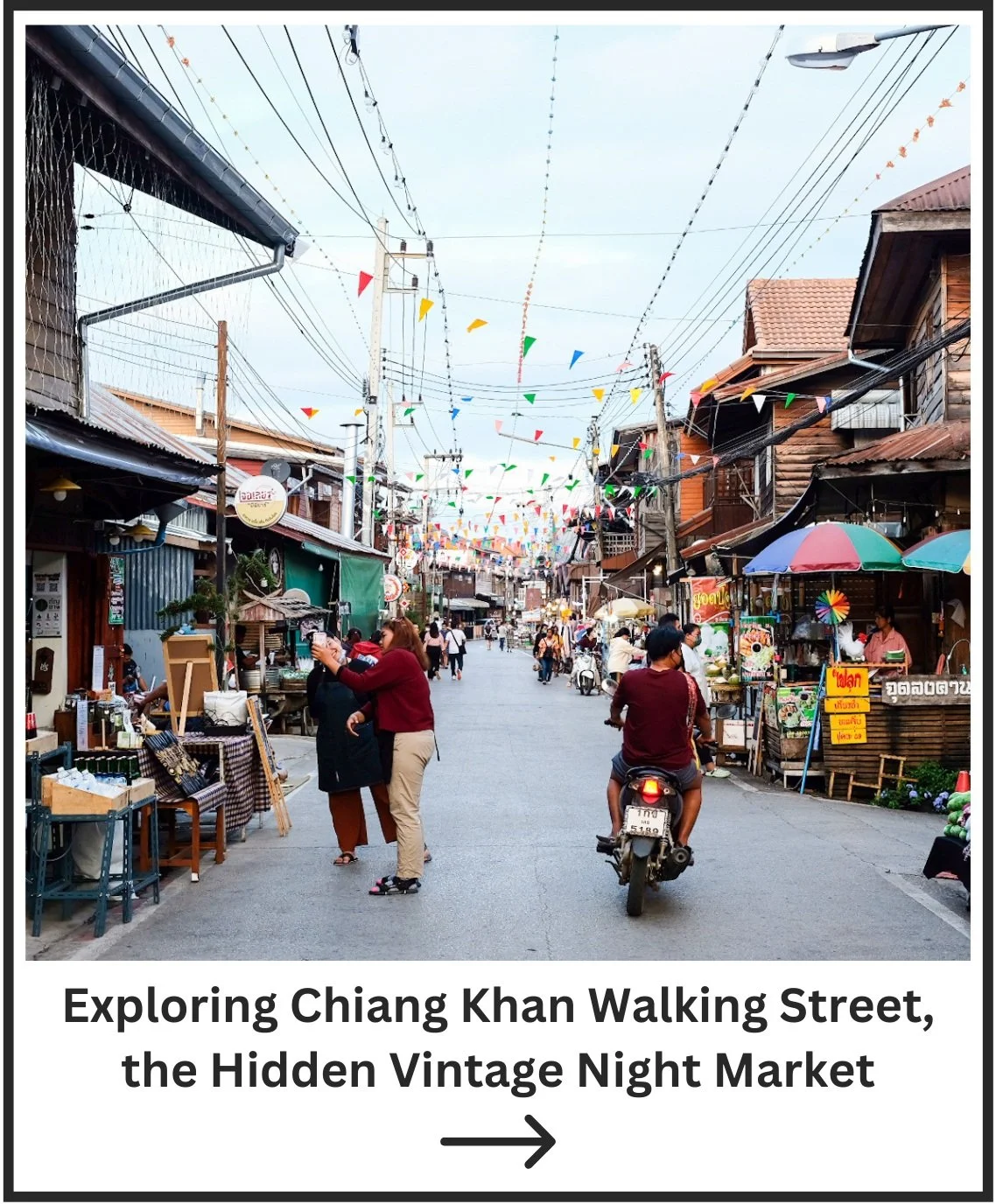Amazing 3 Day Kyoto Itinerary, Things to Do in Japan’s Ancient Capital!
One of the Pagodas at Kiyomizu-dera
There are so many things to do in Kyoto, Japan. This ancient city is the site of many temples and shrines that date back all the way to the 13th century, so there is so much to explore in this ancient Japanese capital.
It can be a bit confusing to figure out what is worth visiting and what is not but don’t worry as I’ve created this perfect 3 day Kyoto Itinerary so that your travels can be smooth!
I’ve planned this Itinerary to ensure that you’ll be visiting the most famous sites in Kyoto like the Fushimi Inari Taisha filled with over 10,000 Torii gates, and experiencing historical cultures at the city’s most popular Kabuki Theatre.
So, let’s get traveling in this 3 day Kyoto Itinerary!
Affiliate Disclaimer: This page contains affiliate links. By clicking on the links and purchasing the product, I will receive a partial commission at no cost to you. All of these products are ones that I fully trust and recommend with my heart. Thank you for your support!
Getting from Tokyo to Kyoto by Train
An iconic form of transportation that embodies the efficiency and technological prowess of Japan
The closest airport to Kyoto is the Kansai International Airport in Osaka, which is still quite a bit away from Kyoto. So Unless you intend to mostly travel around Osaka, I would not recommend you travel to Kyoto by plane.
However, the best and most efficient way to travel to Kyoto is by the Shinkansen (bullet train). I will assume you will be traveling from Tokyo, the capital of Japan.
To get from Tokyo to Kyoto by train, you will need to purchase a ticket for the Shinkansen Hikari train which will run you about 13,800 JPY, If you happen to have a JR Railway Pass then you won’t need to purchase a ticket as it is already included, just book a seat.
From Tokyo, board the Shinkansen at Tokyo Station or Shinagawa Station (whichever is closest to you), then get off at Kyoto Station. Easy peasy!
Day 1: Kiyomizu and the Geisha District
The west gate of the Kiyomizu-dera
For the first day of this 3 day Kyoto itinerary we’ll be visiting the gorgeous Kiyomizu-dera as well as exploring Kyoto’s Geisha district where you can stroll through the streets with architecture that has been preserved since the early Heian Period (8th century AD).
At the Geisha district you’ll also have a chance to learn via performances, educational geshia experiences, and conversing with geishas themselves.
Morning: Sightseeing the Ocean of Cherry Blossoms at Kiyomizu-dera
The iconic Hondo main hall of Kiyomizu-dera
Kiyomizu-dera is THE Kyoto landmark, you haven’t been to Kyoto if you didn’t come to this temple.
A temple complex where the main hall overlooks an ocean of cherry blossoms, during March - April, the cherry blossoms will be bright red/pink making for a a magical vista.
The main hall (named Hondo) is supported by large wooden logs, the amazing thing is that this hall along with the supporting structure is constructed without any nails, nuts, and bolts!
There is a lot to explore in Kiyomizu-dera, the name itself translates to “pure water temple” due the the temple complex being situated on the Otawa waterfall where its 3 streams intersect at Kiyomizu-dera.
You can read more on my article about Kiyomizu-dera if you would like more information and details such as ticket prices and opening times.
Afternoon: Exploring the Ancient Ninenzaka and Sanenzaka Alleyways
Sannenzaka street is always packed full of tourists
Our next destination is the historical Ninenzaka and Sannenzaka alleyways. These alleyways have been well preserved with some buildings and construction surviving since the aforementioned Heian period of Japan.
Sannenzaka connects directly to Kiyomizu-dera, so it’s super easy to get to. In these sloped alleyways are mostly street food stalls selling all kinds of traditional foods like the sesame pickled cucumbers, and modern foods like donuts and soft cream (the Japanese word for ice cream).
There are also shopping opportunities available such as clothing and souvenir items as well as snacks.
Same as Kiyomizu-dera, I’ve also written an article exploring Ninenzaka and Sannenzaka if you would like to find more information about this attraction.
Evening: Live like a Geisha at Gion Neighborhood, the “Geisha District”
The Geisha district is like a snippet from the past
You’ll notice pretty quickly that you’ll have to do a lot of walking in Kyoto, but taking a stroll through the streets is actually one of the city’s most enjoyable activities, especially at a street full of history and culture like the streets of Gion.
Centered around the Shijo Avenue, this area is where you can catch a glimpse of Geishas as they were back in classical Japan.
While in Gion be sure to find an Ochaya (teahouse) where you can participate in a traditional tea ceremony.
If you want to get intimate with a Geisha (not like that…), there are traditional shows and performances featuring Geishas that you can watch and learn from.
The Gion district is probably my favorite part of Kyoto due to it’s historical atmosphere, but I am also a huge history nerd so I’m probably biased.
Day 2: Fushimi Inari Shrine and Kabuki
One of the of 10,000 Torii gates in Fushimi Inari Taisha
On our second day of the 3 Day Kyoto Itinerary, we will start off by trekking up a mountain through 10,000 Torii Gates at the Fushimi Inari Taisha, then ending the day with a gorgeous and exciting Kabuki performance at Kyoto’s most popular Kabuki theatre!
Today is a bit heavy on the walking and exercise but don’t worry, the activities are all fun and interesting.
Morning: Hiking through 10,000 Torii Gates at the Fushimi Inari Taisha
Like a tunnel of red/orange, the Torii gates are never-ending!
The Fushimi Inari Taisha along with Kiyomizu-dera are the two tourist attractions that you must visit when you come to Kyoto.
The Fushimi Inari Taisha is a shrine dedicated to the Inari Okami, the Japanese dieties of fertility, agriculture, industry, and foxes! There are approximately 30,000 Inari shrines throughout Japan but the one here at Kyoto is the main one.
While you’re here you have the option to hike up to the summit of Mount Inari, through a path of roughly 10,000 Torii gates, some of which have been donated by various businesses throughout Japan and the rest of the world. The hike to the summit takes about 3 hours, so make sure your schedule allows for enough time.
There is so much more to the Fushimi Inari Taisha, you can read more about the shrine in this blog posts where I also included some important information about each point of interest.
Afternoon: Eating and Shopping at the Kyoto Nishiki Market
Thinking about losing weight? Not while you’re in Japan :)
For lunch or an afternoon snack, the Nishiki Market, affectionately referred to as “Kyoto’s Kitchen” by the locals, is the perfect place to be. The Nishiki market is a popular street in Kyoto that spans about 5 blocks and is home to over 100 food stalls and restaurants.
The Nishiki Market is known for traditional Japanese street foods, desserts, fish, and pickles and dry ingredients. The cool thing about Nishiki market is that it started operating around the 8th century AD, so a lot of the shops here have been run by the same families for centuries.
If you have 2-3 hours to spare and want to discover the best foods that this market has to offer, I recommend joining a local Nishiki Market Brunch Walking Tour, perfect for foodies as you will be able to sample 5 of the best dishes Nishiki Market has to offer.
Evening: Watching the Unique Performances at Minamiza Kabuki Theatre
The inside of the Minamiza Theatre gets you excited for the performance doesn’t it?
Kabuki performances are classical Japanese dramas that are known for their elegance, gorgeous visual showcases, and enticing plot lines.
Often you’ll see Kabuki shows featuring tales of revenge, seduction, warfare, and tragedies. Most of the Kabuki performances were written during the 18th century AD, so if you are watching a performance nowadays, you are watching a glimpse of history and the stories that were popular in that time period.
The Minamiza Kabuki Theatre in Kyoto is the most popular one in the region, operating since the 1600s. Nowadays the Minamiza Theatre hosts a variety of shows and performances, so if you are in town whenever a Kabuki performance is hosted be sure to attend as it really is unlike any theatre performance you’ll ever see
You can double check the performances for Minamiza Theatre and others as well as book tickets at the official Kabuki website.
Day 3: Zen-like Arashiyama District
It doesn’t even feel like you are in a bustling city
The last day of our 3 Day Kyoto Itinerary, we will be exploring the Arashiyama district, the second most popular tourism district in Kyoto, known for its lush bamboo forests, beautiful natural scenery, and enlightening zen temples.
Arashiyama is the place to go to if you are looking for the perfect Zen-like experience, plus you’ll even see some monkeys here ;)
Morning: Getting Lost in the Arashiyama Bamboo Grove
Imagine getting lost here, alone, at night…
The Arashiyama Bamboo Grove is almost other-worldly in visuals and atmosphere. Strolling along the path through tall never-ending bamboo trees is a feeling like no other, almost makes you feel disconnected from all of your stresses and worries.
It’s one of the most Instagrammable sights in Kyoto, however do be warned that there are a lot of tourists here. The reason I put the Arashiyama Bamboo Grove activity in the morning is so that you can avoid the crowd of tourists. Plus the weather and atmosphere is just better in the morning.
On that note, since Arashiyama is a huge place with many temples and points of interests, it would be a good idea to book a tour such as the Arashiyama Walking Tour, where the guide will bring you to all the major landmarks in Arashiyama.
The major attractions in Arashiyama are:
Arashiyama Bamboo Grove
Monkey Park
Tenryuji Garden
Kimono Forest
Togetsukyo Bridge
Kinkaku-ji Temple
And many more…
I’ve picked out 3 “must-see” places at Arashiyama, but if you would like to explore more, consider booking a tour to make your life easier.
Afternoon: Interacting with the Locals at Arashiyama Monkey Park
Embrace Monke
Warning! For this activity I advise you to practice caution as these are real wild monkeys.
The Arashiyama Monkey Park is protected sanctuary that sits atop a hill, the sanctuary are for a species of Japanese monkeys known as the Macaque Monkey.
While you could interact with the monkeys in a limited manner, such as feeding them through a gate, you’ll really need to practice some caution like not staring directly into the eyes of the monkeys, and staying at least 2 meters away.
Don’t worry, they’re not dangerous unless provoked, and there are fences that separate you from the monkeys.
Japanese Macaque Monkeys aren’t the only thing at the Arashiyama Monkey Park, since this park is situated on top of a hill, you’ll have a beautiful scenic view of the surrounding areas, perfect for pictures or to just enjoy the breeze.
Evening: Admiring the Kinkaku-ji Golden Temple
The water is so clean and pure that the reflection is almost like the real thing
Our last location for this 3 Day Kyoto Itinerary is the Kyoto Golden Pavilion, Kinkaku-ji.
Kinkaku-ji is an impressive Zen temple where its upper floors are completely covered in gold leaf giving the structure a very elegant and serene image.
There is a lot of history in this temple as well, I’ve learnt that during the late 1300s this temple was actually a retirement home for the Shogun at the time, Shogun Ashikaga Yoshimitsu. Upon the death of the Shogun, the complex was turned into a temple according to the Shogun’s will.
The temple complex sits in an area of 132,000 sqm, with the temple itself overlooking a great pond. I spent a lot of time exploring this area and taking pictures, it’s just an absolutely beautiful place.
Discounts on Kyoto Tours and Activities
Prepare to enter path of the 10,000 Torii gates
Often, pre-booking your tours, activities, and tickets is cheaper than purchasing them at the location. Depending on where I am traveling I mostly use Klook or Viator to book my tours and tickets.
In the case of Japan, I recommend using Viator, as the former is more geared towards activities in South East Asia, so there isn’t as much on offer for Japan.
You can use the Viator widget below to find great, well reviewed activities and tours all for a discounted price :
Furthermore, here are some useful resources that you might need when you are traveling in Japan:
Tourism Information - All the information you need when traveling in Japan
4G eSim for Japan - 4G 5-15 day eSim for Japan (QR code sent via email)
JR Railway Pass - The most important train ticket to get you around Japan
Kyoto Hotels and Accommodation
You should definitely try staying at a Ryokan at least once in your life
With Kyoto being a historical city, there are plenty of Ryokans (traditional Japanese Inns) as well as modern hotels available to choose from. Be warned though, Ryokans are usually priced higher than regular hotels, but the experience is worth it.
To make your search a bit easier, here are some of my recommendations for the best hotels in Kyoto, starting off with Ryokans:
Ryokan Hirashin Kyoto - An old yet clean ryokan with extremely spacious rooms
Ryokan Shimizu - Exceptional budget ryokan with a private onsen bath
Ryokan Izuyasu - Luxury ryokan serving traditional Kyoto cuisine and dining options
If you prefer something more modern and comfy, here are some hotels within Kyoto’s city center
Nohga Hotel Kiyomizu Kyoto - An exceptionally comfortable and clean hotel, located near Kiyomizu-dera and Fushimi Inari Taisha.
APA Hotel Kyoto Ekihigashi - A famous chain hotel located in the center of Kyoto city
Hotel The M's Kyoto - A comfortable and trendy 3 star hotel in Kyoto’s city center

































